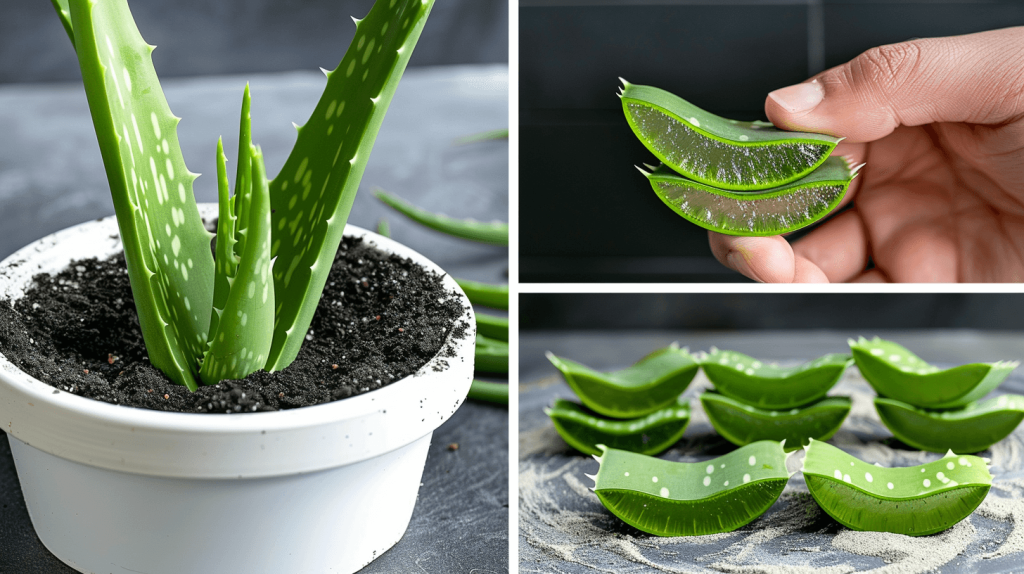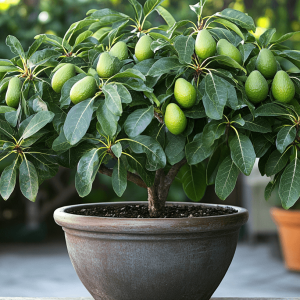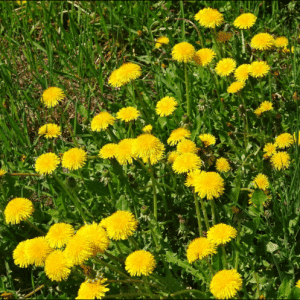
Aloe vera is a popular succulent known for its medicinal properties and easy-care nature. If you have a healthy aloe vera plant and want to propagate it, you can easily multiply it into several new plants. Here’s a detailed guide on how to propagate aloe vera, including an extra tip to ensure success.

What You’ll Need
- A healthy aloe vera plant
- Sharp knife or garden shears
- Pots with drainage holes
- Well-draining cactus or succulent soil mix
- Optional: Rooting hormone
Step-by-Step Guide to Propagate Aloe Vera
1. Identify the Offshoots (Pups)
Aloe vera plants produce offshoots, also known as pups or offsets, which are small baby plants growing around the base of the parent plant. These pups are the best candidates for propagation.
2. Remove the Pups
Carefully remove the aloe vera plant from its pot to access the pups. Gently brush away the soil to expose the base of the pups. Use a sharp knife or garden shears to separate the pups from the parent plant. Ensure each pup has some roots attached.
3. Let the Pups Callus
Place the separated pups in a dry, shaded area for a few days to allow the cut ends to callus over. This step helps prevent rot when the pups are planted.
4. Prepare the Pots
Fill pots with a well-draining cactus or succulent soil mix. Aloe vera requires good drainage to prevent root rot.
5. Plant the Pups
Once the pups have callused, plant them in the prepared pots. Place the pup in the center of the pot and cover the roots with soil. Ensure the base of the pup is just above the soil surface.

6. Water Sparingly
After planting, water the pups lightly. Allow the soil to dry out completely between waterings. Overwatering can lead to root rot, so it’s better to underwater than overwater.
7. Provide Adequate Light
Place the pots in a location that receives bright, indirect sunlight. Aloe vera thrives in plenty of light but can be scorched by direct sunlight, especially young plants.
Extra Tip: Ensure Proper Drainage
To enhance drainage and prevent root rot, consider adding a layer of gravel or small stones at the bottom of the pot before adding the soil. This layer helps excess water escape more efficiently, keeping the roots healthy.
Care Tips for Newly Propagated Aloe Vera
- Watering: Water sparingly. Aloe vera plants prefer dry conditions. Water thoroughly when the soil is completely dry.
- Light: Ensure the plants get plenty of bright, indirect light. Gradually introduce young plants to more sunlight to prevent sunburn.
- Temperature: Aloe vera thrives in temperatures between 55°F and 80°F (13°C to 27°C). Protect the plants from frost.
- Fertilization: Feed your aloe vera plants with a balanced, water-soluble fertilizer diluted to half strength once or twice a year during the growing season.
By following these steps, you can successfully propagate your aloe vera plant and enjoy multiple new plants. Aloe vera is not only a beautiful and low-maintenance addition to your home but also a valuable source of soothing gel for minor burns and skin irritations. Happy gardening!






